Collecting Trip to Peru: Part 1 | Part 2 | Part 3 | Part 4 | Part 5
Every aquarium hobbyist has a few dreams:
1. To visit the natural habitat of his/her favorite fish and see that fish in the wild
2. To discover a new fish and have the species named after him/her
There certainly are more aquarium dreams out there, but these are probably the most fundamental and grand aspirations that every aquarist has. I should know; these are the dreams that haunt me to the core. I recently checked dream number 1 off my list; I went to Peru to see some of the most beautiful killifish in their natural habitat. The trip was not limited just to killies, we also caught cories, apistogrammas, cichlids and much more.
Photography, fishkeeping, birding and travelling are some of my favorite hobbies. When I heard they call Peru a “Heaven for birders,” I could not resist planning this trip. After saving for over a year, I had finally amassed the finances to buy the tickets.
The trip was a little more affordable thanks to Brian Perkins, who runs a company called WildPeru, and offered me a student discount. This being my first collection trip to a foreign land, I was quite nervous. I learned the basics of Spanish before going there, and Brian helped a lot in deciding what to take, and what to leave at home.
After months of preparation, February 10th 2014 arrived. All the batteries were charged and nets were ready. I was on my dream flight to Peru. Denver-Dallas-Lima-Puerto Maldonado was the route. It took me almost a day to complete this journey.
Brian joined me at Lima. From Lima we took a Peruvian airline, and the plane was very small. I had never been on a plane this small before. I utilized my time on the flight to sleep and take rest so that I’m not as tired from the journey.
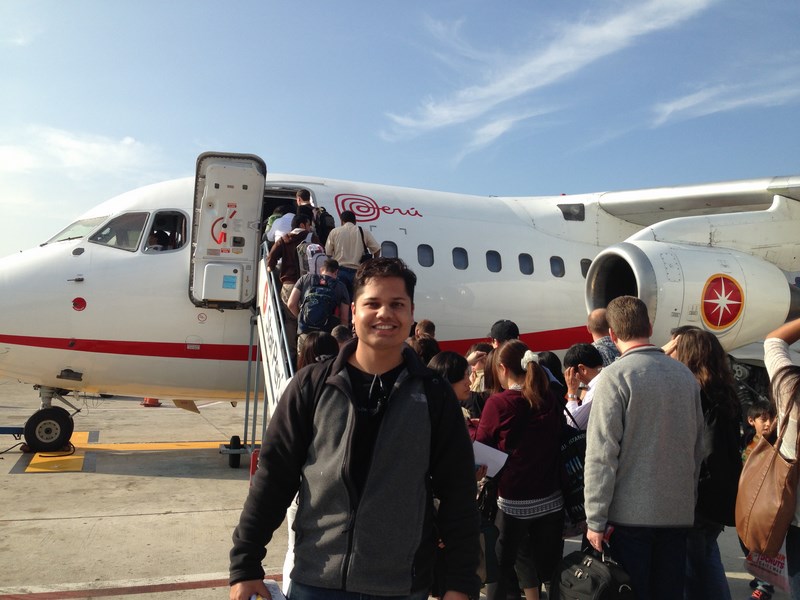
Author Sumer Tiwari pauses for a photograph in front the small aircraft that will take him on the last leg of his journey, the flight from Lima to Puerto Maldonado
We finally reached Puerto Maldonado in the morning of February 11, 2014. It’s a town in the Amazon river basin, situated at a junction where river Madre de dios, and river Tambopata meet (river Manu and river Inambari meets river Madre de dios about 100 miles from Puerto Maldonado). Puerto Maldonado is the entrance to Tambopata National Reserve, which is home to giant river otters and macaws and is located only 35 miles from the Bolivian border.
Upon arrival on the Puerto Maldonado airport, I saw a unique kind of vehicle called a “Motocar” or simply a “Moto”. It turned out these would become our main touring vehicles for rest of the trip.
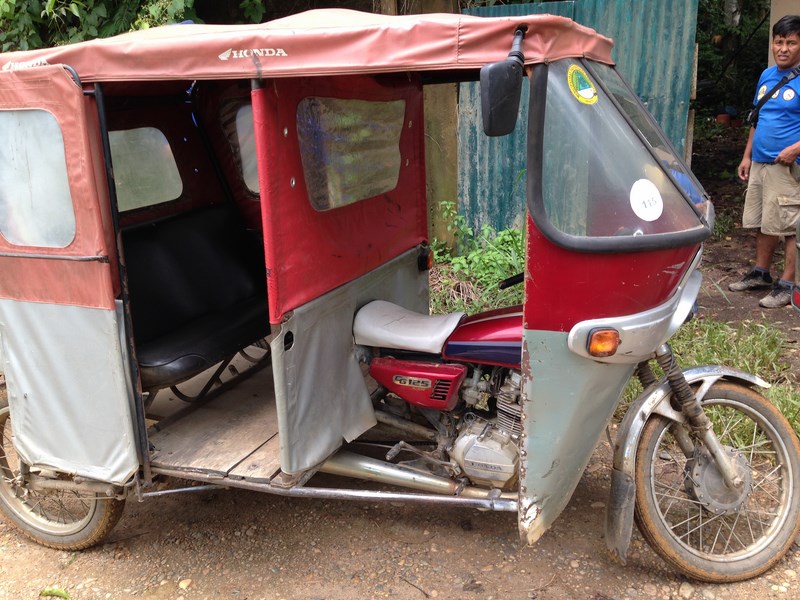
Motocar, the cheapest mode of public transport, is actually a 100cc bike modified in a form of an auto rikshaw.
We then met a local person who was going to help us drive in and around the town.
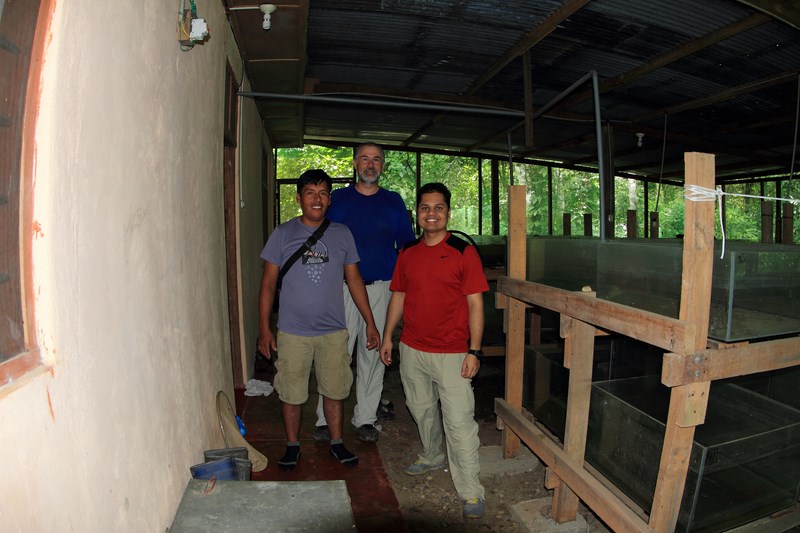
L to R: Felix (a local guide), Brian and I, in Brian’s fishroom where he keeps all the collected fish.
As we unpacked our luggage, Brian showed me that he had brought some nice bed-time story books for me:
At around noon, after unpacking and catching a break at our small cozy house, we headed out to explore the town. We shopped around a little bit and strolled on the streets, occasionally checking out interesting shops.
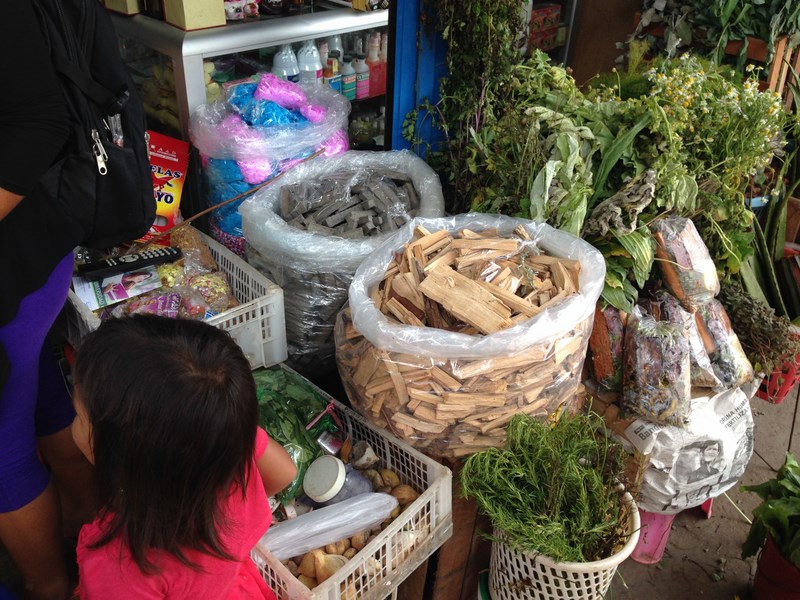
In order to meet their daily requirement of calcium, local people eat coca leaves as it is very rich in calcium (leaves are by the girls hand)
After the small shopping session, we decided to head outside the town to visit some potential collection locations.
We were in our Moto and drove for about an hour to reach this interesting area. Along the way, I managed to take a few images of local rainforest flora and fauna:
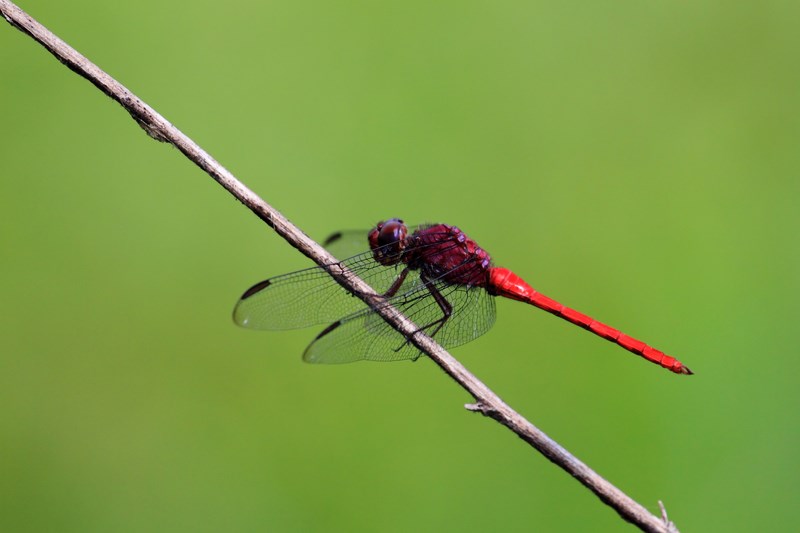
Dragonflies were having a blast in warm, humid weather. This is the time when they had plenty of mosquito larvae to eat in the small puddles filled with rainwater.
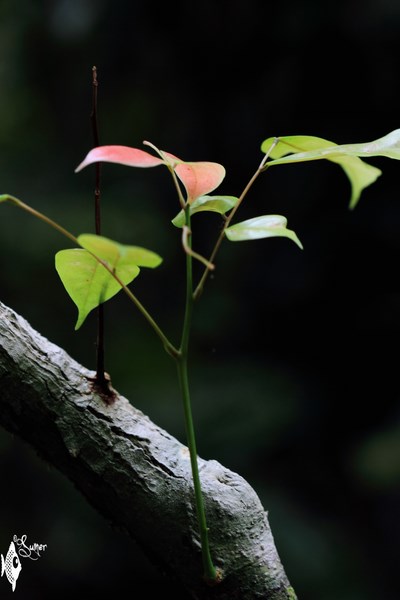
In deep rainforest, light is a scarcity. A misguided ray of light becomes an opportunity that gives birth to a new leaflets.
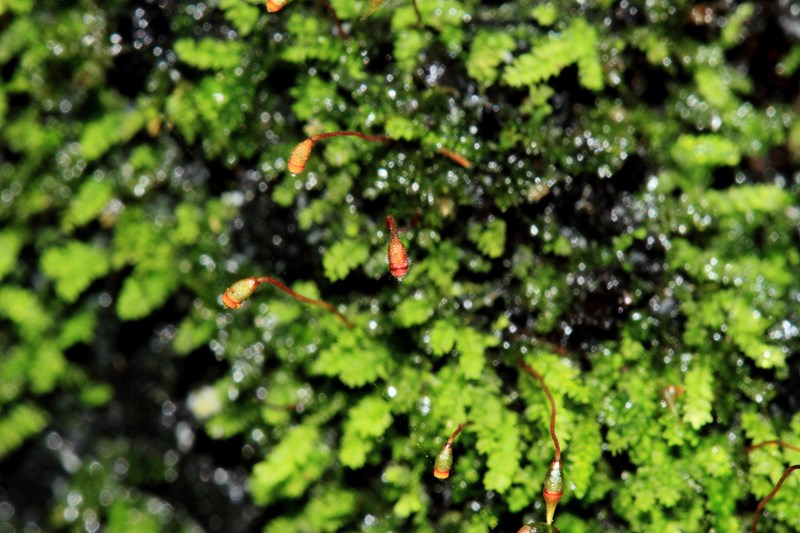
A macro shot of moss with some flowers. This was growing on a palm tree. Humidity was more than 95%. Under these conditions, mosses thrive very well
This muddy pool was the first place we stopped to try our luck at collecting.
What did we encounter there? Did we really find a Plecostomus fanning eggs? Did we see a beautiful Cichlasoma species? Did I take a lot of pictures and videos?
To know more, stay tuned and watch this space for the next blog entry.
Till then, take care and keep loving your fish.
Sumer
Collecting Trip to Peru: Part 1 | Part 2 | Part 3 | Part 4 | Part 5

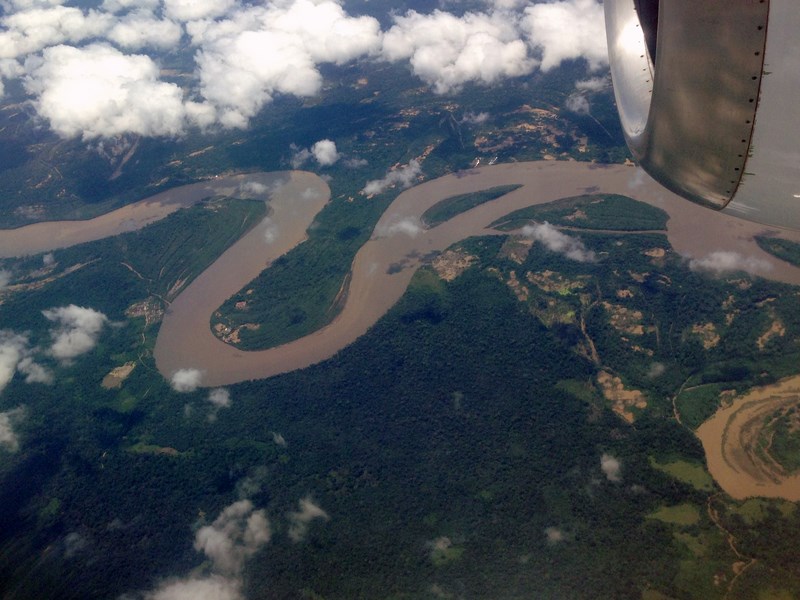
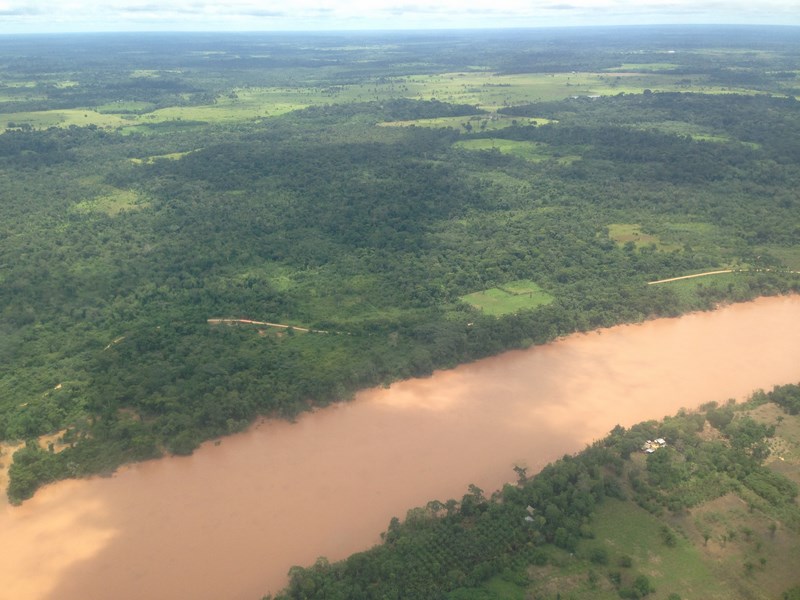
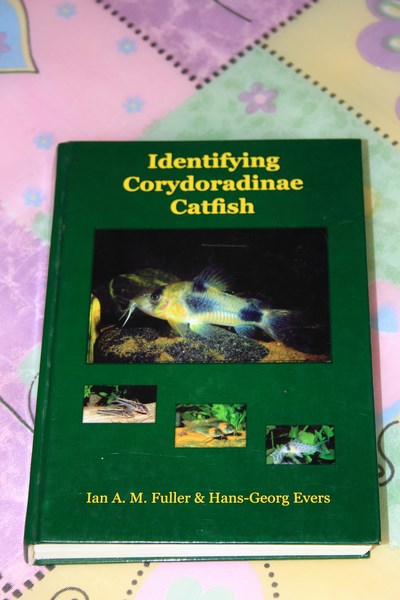
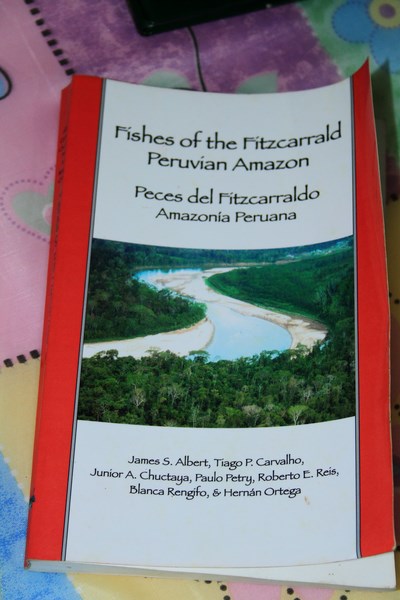
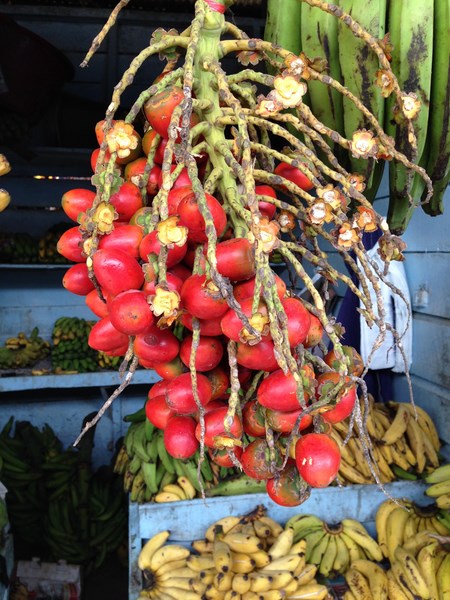
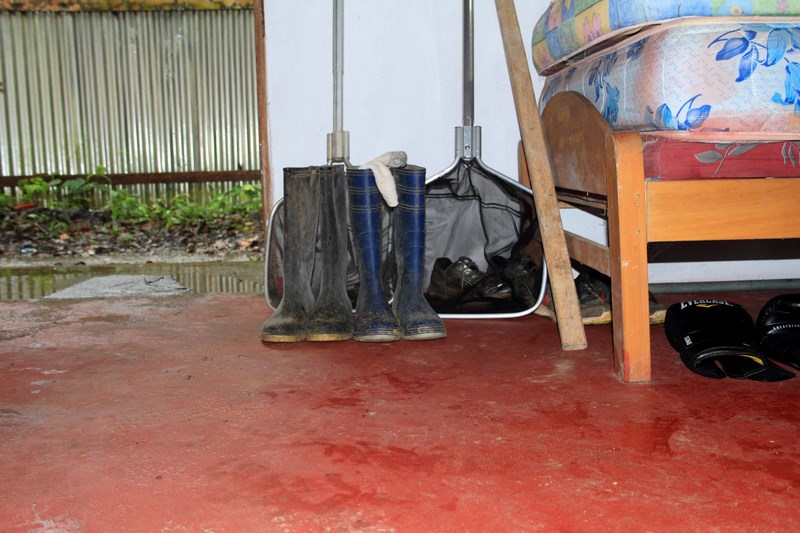
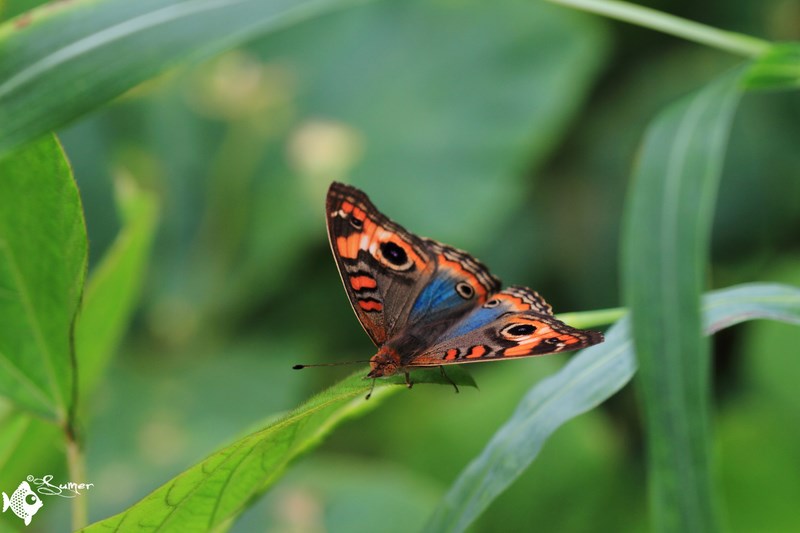
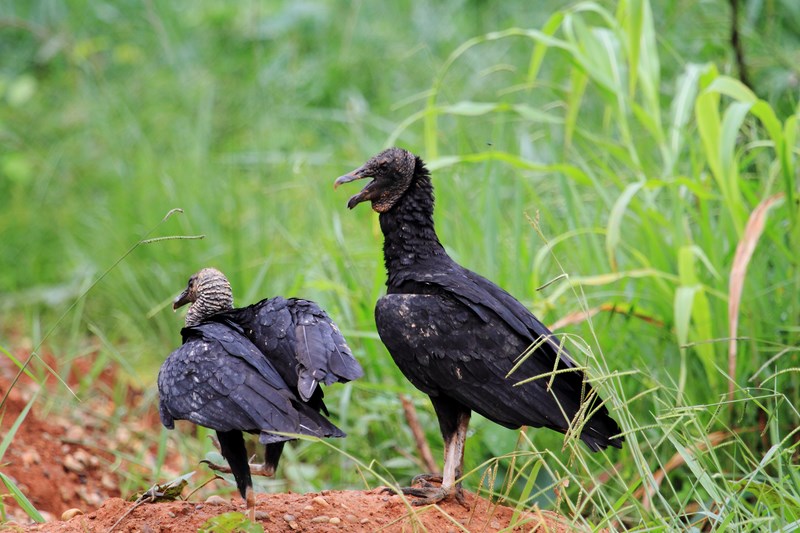
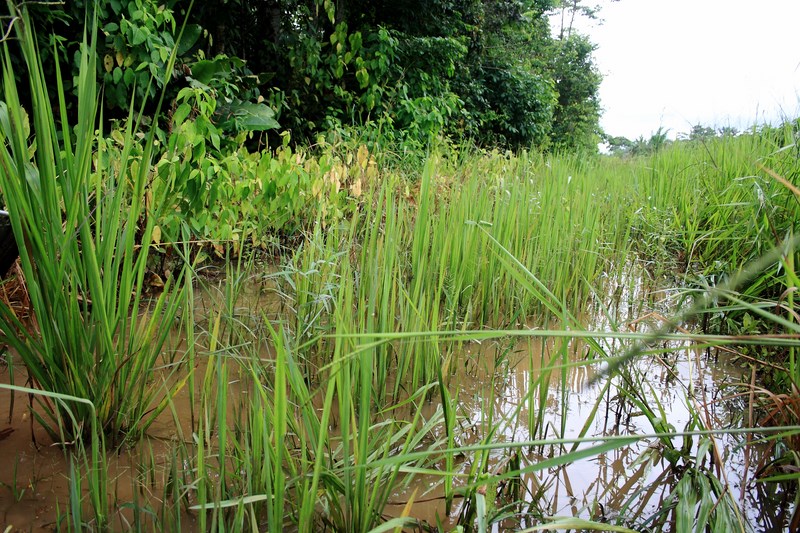





please make it quick.. can’t wait for more. and don’t forget to inform me so that I don’t miss it.
Thank you all.
The next post will come out this in coming week.
Awesome!!! I also want to go there!!!
AWESOME! WHEN ARE YOU COMING BACK?
Take me with you this time 🙂